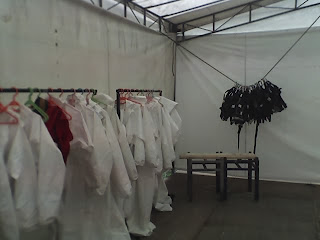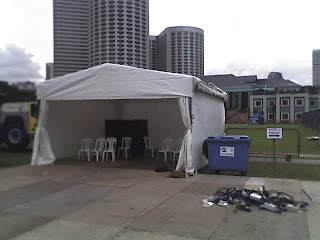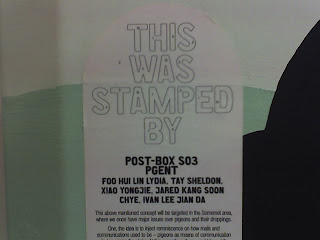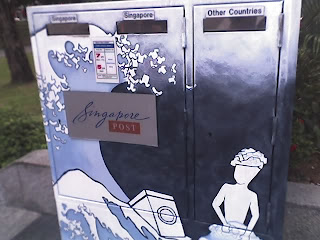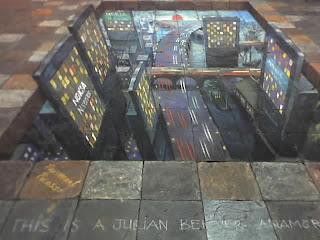[Visiting Relatives in Yemen]1. When Raffles founded Singapore in 1819, he knew he had to attract an Arab community for the trading post to take off. He persuaded Syed Omar Aljunied from Palembang to relocate to Singapore. From his days in Bencoolen and Java, Raffles knew that in every major city of the Dutch East Indies (Indonesia), there was a vibrant Arab community. They were shrewd traders who did business along the shores of the Indian Ocean in an arc from East Africa to the Middle East and India to Southeast Asia. Omar Aljunied established the first mosque in Singapore which is still preserved today. He also gave the name to Madrasah Aljunied and our GRC.


2. After visiting the Yemeni capital of Saa'na, I flew with members of the Arab Association and a group of our grassroots leaders to the Hadhramaut. Most of the Arabs in Southeast Asia came from the Hadhramaut. Till today, their descendants distinguish themselves in business, in religious work and in other fields. Both Malaysia's Foreign Minister Syed Hamid and former Indonesian Foreign Minister Syed Ali are Hadhramis. So too our Mufti, Syed Isa Semait and Habib Hassan of Ba'Alwi Mosque. Our MP, Dr Ahmad Magad, who accompanied me is also of Hadhrami descent.
3. Conditions in the Hadhramaut are harsh. It is a wadi (valley) which links the Arabian Sea inland to the part of Arabia which connects northwards to the Hejaz (Mecca, Medina) and the Levant. The wadi looks like a rift valley about one hundred and sixty km long. Its width varies from one km to a few km. Its historical importance was as a conduit for the frankincense trade (remember the Three Wise Men bearing gold, frankincense and myrrh?) from the Arabian Sea to the Mediterranean. Because of the hard life there, many Hadhramis emigrated to try their luck in the Dutch and British empires. Their tribal sense and strong values helped them establish a remarkable international network. At the beginning of the twentieth century, the Hadramis were probably the wealthies community in Singapore, owning much of the land.
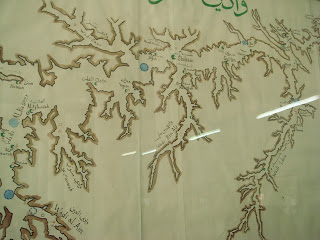

4. We visited the historical towns of Seiyun, Tarim and Shibam. Over the years, the Hadrami diaspora repatriated much wealth to these and other towns. Everywhere we went, we were greeted by friends and relatives. The Southeast Asian influence was very evident. Many had Malay faces. A few could converse in Bahasa. The sarong was standard attire. Belachan was served at meals.The Deputy Governor, Syed Ahmed Juneid Aljunied, who played host to our delegation, is the grandson of Omar Aljunied.
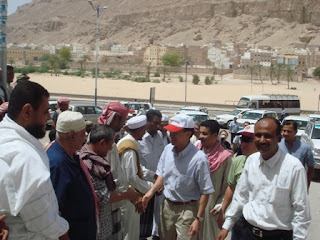
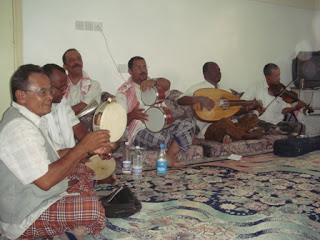
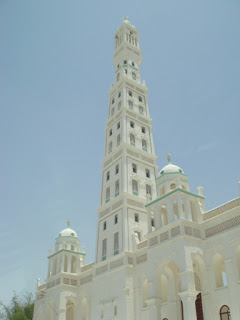
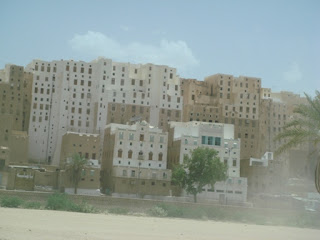

5. We bought and were given lots of honey. The honey from the Hadhramaut is reputed to be the best in the world.
6. With globalisation, we should establish our links to Yemen. This was a key objective of my visit. The Arab Association will spearhead this effort. Deputy Governor Aljunied said he would soon visit Singapore with a business delegation. We look forward to it.
 Do also read my posts on Beyond SG
Do also read my posts on Beyond SG












